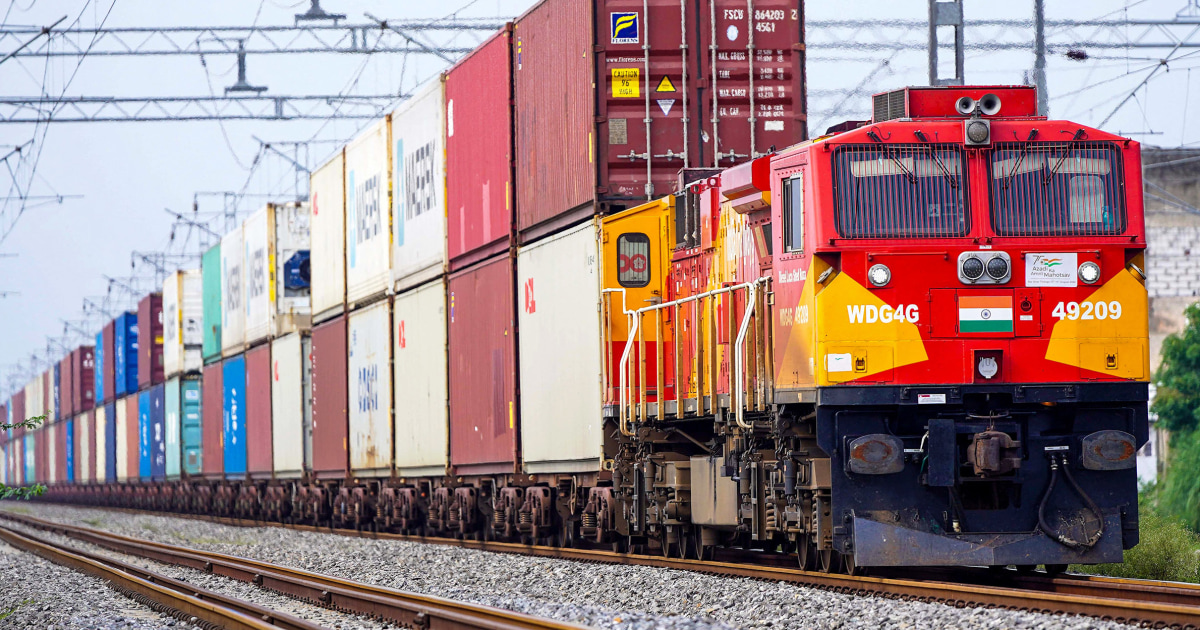
President Donald Trump’s promised 50% tariffs on India took effect on Wednesday, as the U.S. risks blowing up a relationship considered crucial in its effort to counter the rise of China.
Trump started the tariff rate at 25% but doubled it earlier this month as punishment for India buying Russian oil. India now has one of the highest of the many tariffs imposed during Trump’s ongoing global trade war.
Tariffs are a tax on imports and are paid by the importing company in America, with the extra cost often passed on to consumers. Goods imported from India in 2024 were worth $87.3 billion, up 4.5% on the previous year, according to U.S. government figures.
The reversal was a blowup of the favorable position India seemed to enjoy early in the second Trump administration due to America’s expanding economic relationship with it and Trump’s personal relationship with Prime Minister Narendra Modi.
On Sunday, Vice President JD Vance — whose wife is the daughter of Indian immigrants — told NBC’s “Meet the Press” on Sunday that the U.S. had applied “aggressive economic leverage” on India to “try to make it harder for the Russians to get rich from their oil economy.”
Despite opposition by India, the U.S. followed through on its threat, which could be a sharp blow to half of India’s exports and force affected merchants to diversify to other markets, such as Latin America and the Middle East.
Meanwhile, the U.S. is India’s largest trading partner.
The 50% levy risks decades of warming of ties between the U.S. and India. Stock markets in India remained closed on Wednesday due to a public holiday.
Modi has vowed to defend the country’s farmers and small businesses.
“For me, the interests of farmers, small businesses and dairy are topmost. My government will ensure they aren’t impacted,” Modi said at a rally this week in his home state of Gujarat.
India and the U.S. are yet to reach a bilateral trade deal, even after holding five rounds of negotiations. That’s mostly because India is unwilling to open those sectors to cheaper American imports as it could threaten the livelihood of millions of Indians. The Indian leader is also under immense domestic pressure not to cave to the U.S.’s unilateral demands.
Trump also appears adamant on his demand that India stop buying Russian oil as he shifted his focus in recent days to broker peace in Ukraine.
Ironically, India’s continued purchase of Russian oil is informed by past U.S. requests to keep the price of oil low amid Western-led sanctions on Russia.
“They bought Russian oil because we wanted somebody to buy Russian oil,” Eric Garcetti, the U.S. ambassador to India under President Joe Biden, said at a conference last year. “It was actually the design of the policy, because as a commodity we didn’t want oil prices going up.”
